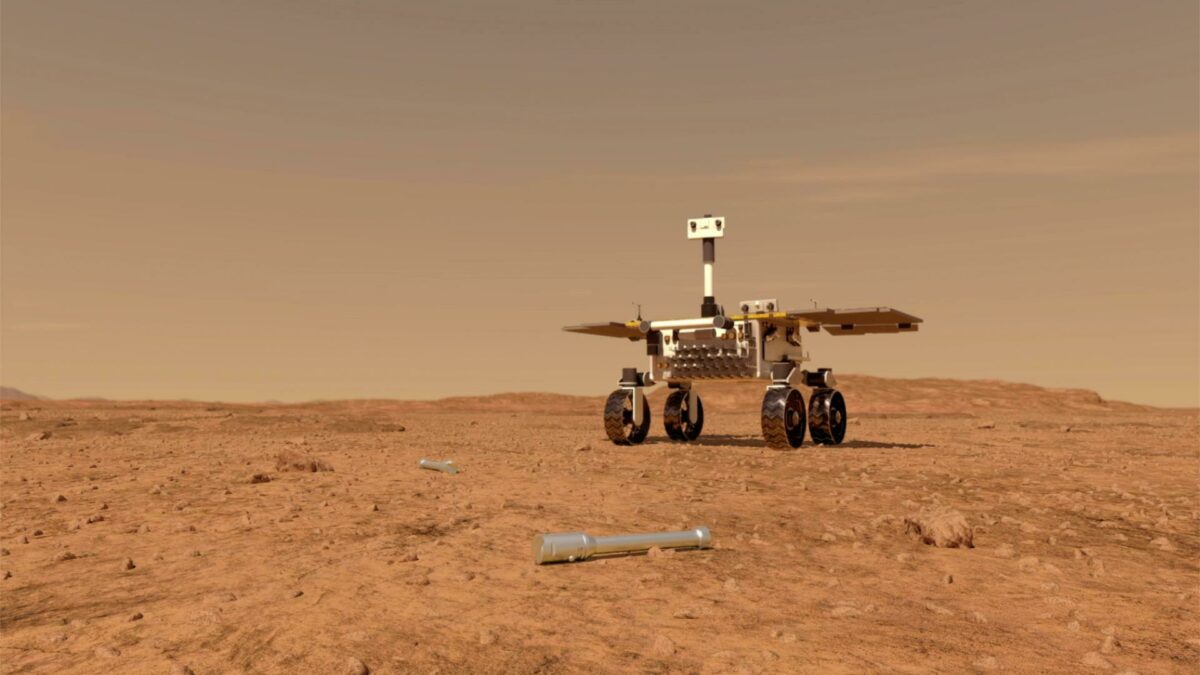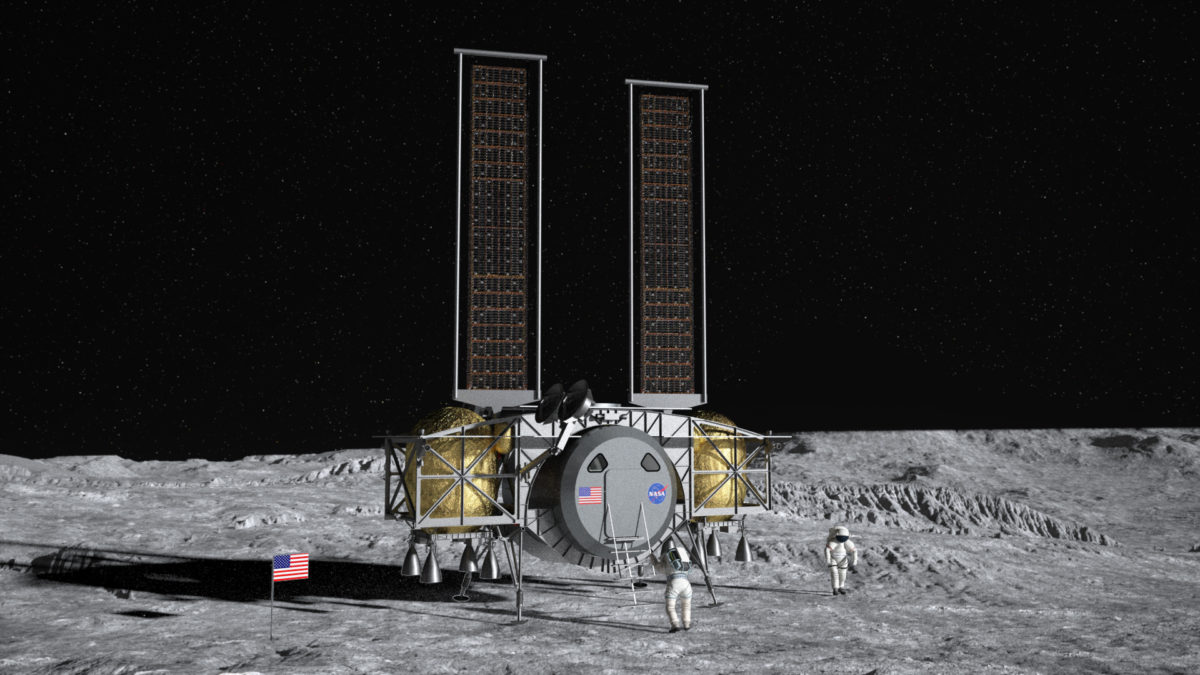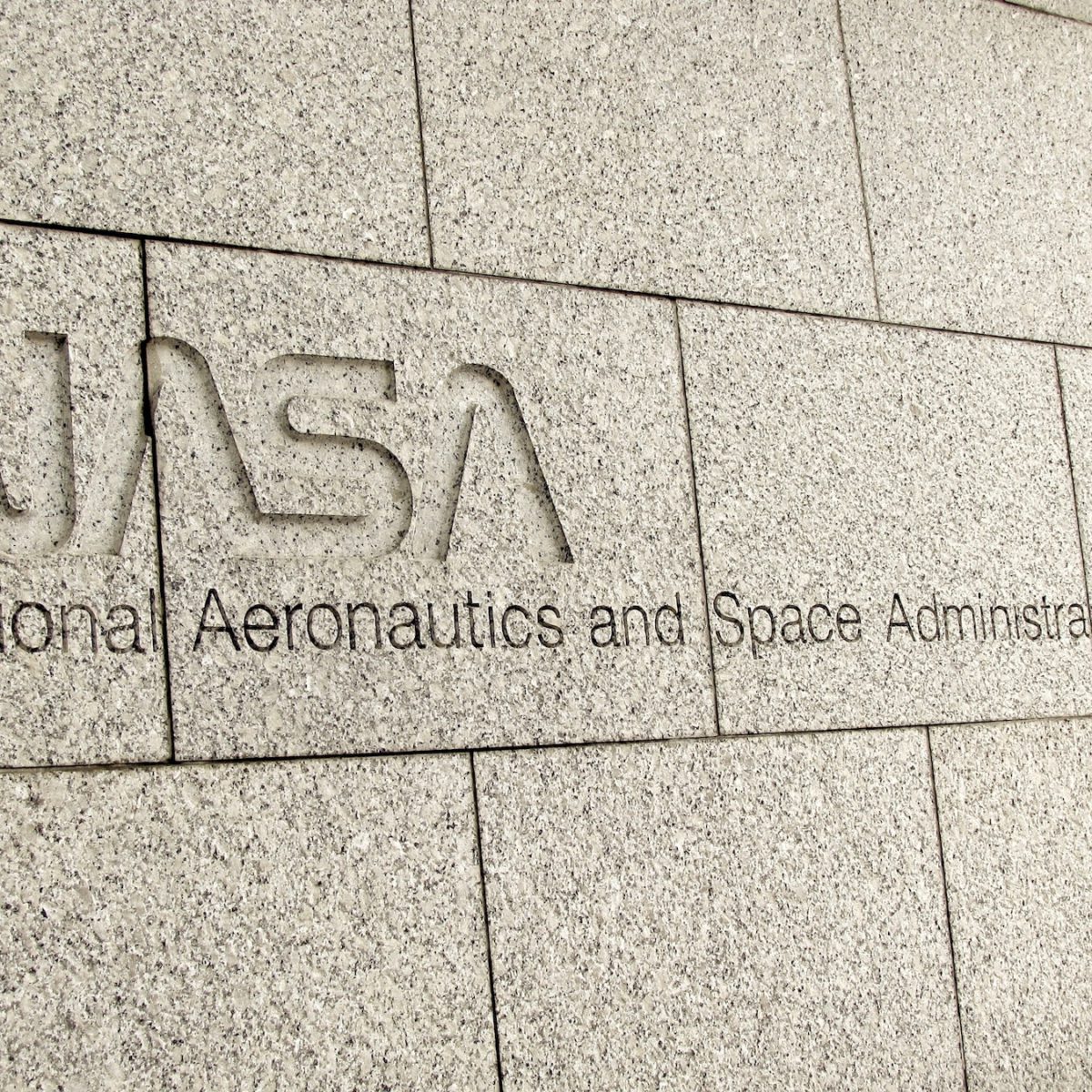Casey Dreier • Dec 23, 2020
Congress Comes Through for NASA Science, But Not Artemis
NASA's budget will grow in 2021, but it will not support a 2024 lunar return
Update: After several days of uncertainty, President Trump signed the 2021 appropriations into law on 27 December 2020, sparing a government shutdown.
Congress saved major science missions and underfunded a 2024 lunar return.
That’s the main takeaway from NASA’s congressional 2021 budget, which was included within a massive, bipartisan piece of legislation funding the entire U.S. government and providing financial relief in response to the COVID-19 pandemic.
The budget is responsive to a number of The Planetary Society’s advocacy goals for the year. It preserves funding for the Mars Curiosity and Odyssey missions, which both faced crippling cuts (or outright cancellation in Odyssey’s case); it continues development of the Roman Space Telescope; and it calls for a 2025 launch of the NEO Surveyor mission, though it didn’t provide the necessary funding to ensure that timeline.
We have a full rundown of notable proposals and high-level outcomes in our FY 2021 NASA budget tracking page. But I wanted to look at the final budget in the context of The Planetary Society’s priorities for the year and note several trends I’ve noticed for science and human exploration.
How Did The Planetary Society’s Priorities Fare?
The Planetary Society’s priorities derive from our core enterprises: planetary exploration, planetary defense, and the search for life. Our focus this year was on supporting the NEO Surveyor mission (planetary defense), Mars exploration (planetary exploration, the search for life), the Roman Space Telescope (search for life), and returning humans to deep space (planetary exploration).
These were the issues that Planetary Society members advocated for during our Day of Action in February and what our policy team worked to support throughout the year.
Here’s a summary of what we fought for, and what Congress provided in the end:
| Planetary Society Priority for FY 2021 | Outcome | Society Response |
|---|---|---|
| Strong Phase A funding for Mars Sample Return | $263 million for Mars Sample Return, $30 million above the requested level. | Very positive start for the project, which will benefit from early funding to support advanced technology development and planning. |
| Increase the Planetary Defense Program budget by $46 million to accelerate the NEO Surveyor mission toward a 2025 launch date. | Increase of $6.4 million. Calls for NASA to submit a FY 2022 budget that funds NEO Surveyor to launch in 2025. | Mixed. While we are grateful for the supportive language for NEO Surveyor, the bill provides only about half of what was needed to keep the project on track for 2025. |
| Prevent cuts to MSL Curiosity and Mars Odyssey's operating budgets by restoring $28.2 million to the Mars Exploration Program. | Provided an additional $11.5 million to “ensure ongoing operations of Mars mission architecture.” | Positive. Odyssey and Curiosity will continue operations. |
| Restore funding to the Roman Space Telescope to keep it on track for a mid-2020s launch. | $505 million for the project, compared to the $0 proposed by the White House. | Unambiguously positive. |
| Provide launch vehicle flexibility for the Europa Clipper | Language loosens prior restrictions, allows NASA to competitively select an alternative vehicle if the SLS is not available. | Positive. |
| NASA budget at $25.2 billion in order to support additional science priorities and maintain pace of Project Artemis. | Provided $23.271 billion for NASA, far less than requested, and underfunds human landing system development. | Generally positive. The budget continues an important trend of congressionally-led budget increases. It restores key science missions and supports Artemis, just at a slower pace than envisioned. |
Overall, I am generally pleased with the final budget. Even Project Artemis, which was underfunded, is notable in that NASA has been granted continued funding for both a lunar space station and a human landing system on the Moon. As Administrator Bridenstine points out, that’s the first time in half a century that NASA has significant funds to develop a crewed lunar lander.

Congress Backs NASA’s Science Missions
Congress provided nearly a billion dollars more than requested for NASA’s Science Mission Directorate. Half of this increase supported the Roman Space Telescope (née WFIRST), which was again targeted for cancellation by the Trump administration. The mission is the highest-priority astrophysics project after the upcoming James Webb Space Telescope.
Other missions that faced cancellation—Mars Odyssey, the SOFIA airborne observatory, and multiple Earth Science missions—were also funded by Congress and will continue.
NASA’s STEM Outreach program, which supports grants for students around the country and educational materials for educators and the public, was funded at $127 million compared to the $0 requested by the Trump administration. Also a positive outcome.
This continues an important—and largely unremarked upon—trend of budgetary growth for NASA’s science programs, which have increased by nearly 20% in real dollars in the past 5 years. This trend has outpaced the overall growth of NASA’s top-line budget, with the science directorate growing from 29% to 31% of the agency’s total. It is this growth that has enabled the pursuit of new projects, including Mars Sample Return, the Roman Space Telescope, and Europa Clipper, without sacrificing any active science programs.

NASA Will Not Return Humans to the Moon by 2024
NASA requested nearly $3.4 billion to kickstart its public-private partnership to build a human lunar landing system by 2024. Congress provided $850 million. This functionally closes the book on the 2024 goal—though the likelihood of achieving it, even with full funding, was already far from certain.
This is not a product of partisan politics. Though some Democrats have expressed critiques regarding the rapid timeline, the Senate is run by members of the President’s own party, and the Senate’s bill provided $2.4 billion less than requested for the human landing system. At this point, it’s fair to say that the White House and NASA have failed to persuade lawmakers on the need for the 2024 deadline and the commensurate surge in funding.
However, the program is receiving some funding, and the Gateway project received roughly the amount requested. The SLS and Orion projects are approaching operational status, and a number of international partners have signed on to support human lunar exploration. 2024 may no longer be feasible, but a program to return to the Moon “before the decade is out” is much more so.
Congress Remains Firmly in Control of NASA
The trend of NASA’s top-line funding duration the Trump administration is telling. NASA’s budget grew steadily, averaging 3.8% per year, regardless of whether the administration proposed less or more funding.
NASA's budget during the Trump Administration. The vertical axis displays both NASA's total congressional appropriation in billions of dollars and the amount requested by the President. The horizontal axis is fiscal years. NASA's full budget history dataset is available to view or to download as an Excel spreadsheet.
This is historically weird. Prior to 2015, there were 0 instances of Congress increasing NASA’s overall budget in response to a cut proposed by the White House. Since 2015 that has happened 4 times, 3 of which were during the Trump administration (in 2017, 2018, and 2019). As you might expect, these increases have primarily been directed toward congressional priorities, namely the SLS and major science missions. When the Trump administration did begin requesting increases in 2020, it was within the normal congressional scope (5%). But when the President requested an even larger 12% increase in 2021, Congress provided 3%, keeping pace with their recent historical average.
This isn’t to say that there aren’t long-lasting impacts made to space policy by the Trump administration, just that NASA’s priorities, as seen through the prism of funding, didn’t change significantly. It’s no accident that the amount of funding now going to the human landing system and the Gateway station is roughly the amount freed up by the completion of the Commercial Crew development program, about $1 billion per year. That was, in a sense, unclaimed money that was then directed toward a new project, regardless of need. It didn’t require substantial changes to any existing programs already endorsed by Congress.
This is all the more reason to engage in the political process; Congress continues to exert enormous influence over the practical implementation of NASA’s major programs. Congress can be the key to continued exploration, such as enabling the new batch of ambitious scientific missions, or stymie progress, such as its underfunding of human exploration projects beyond low-Earth orbit. This will be all the more important in the coming years, when the overall size of the budgetary pie may shrink, and NASA will need to compete to retain its larger slice.
NASA's FY 2021 Budget
NASA's budget for fiscal year (FY) 2021 is $23.3 billion. This represents a 3% increase over the previous year's amount. The final budget restored a number of science programs slated for cancellation by the White House, and significantly underfunded the human landing system for the planned lunar return effort.
Support our core enterprises
Your support powers our mission to explore worlds, find life, and defend Earth. You make all the difference when you make a gift. Give today!
Donate

 Explore Worlds
Explore Worlds Find Life
Find Life Defend Earth
Defend Earth


